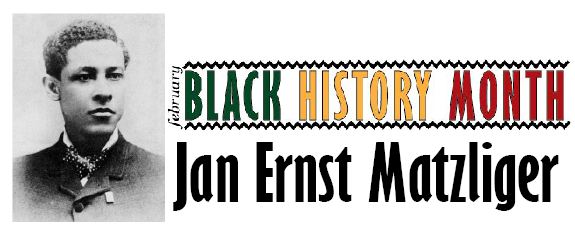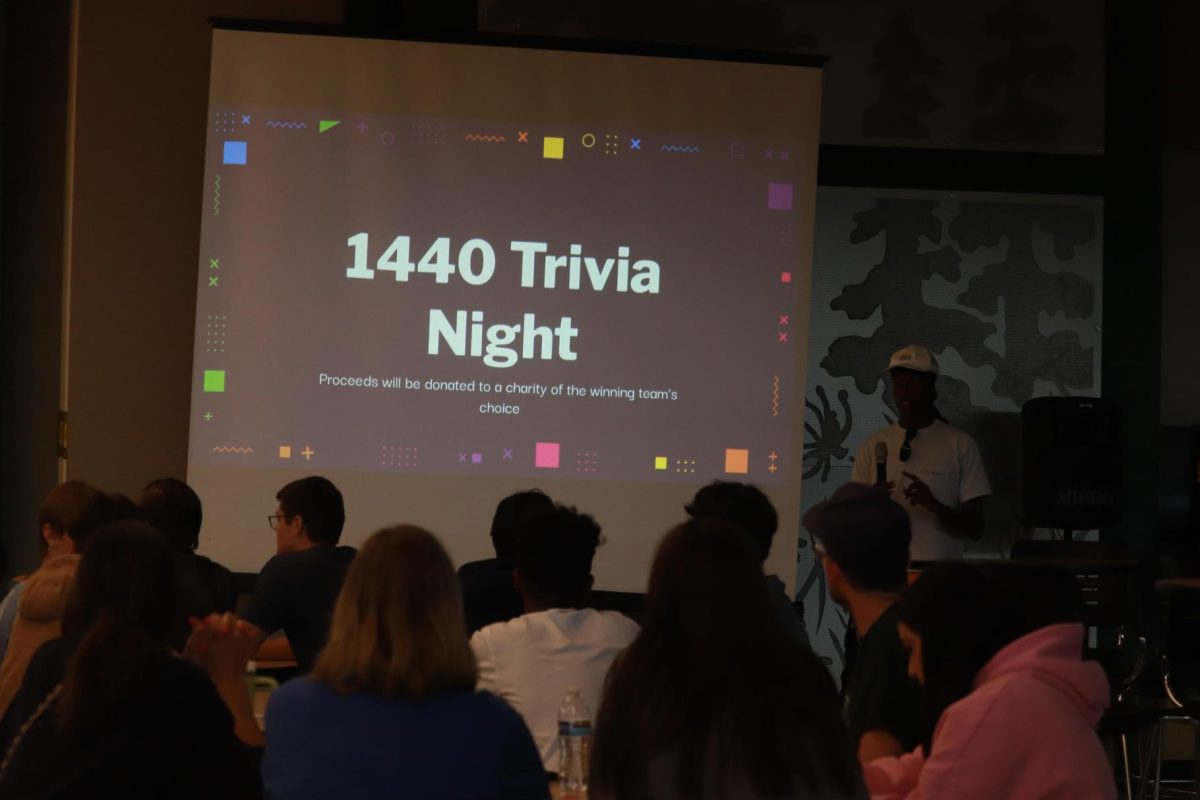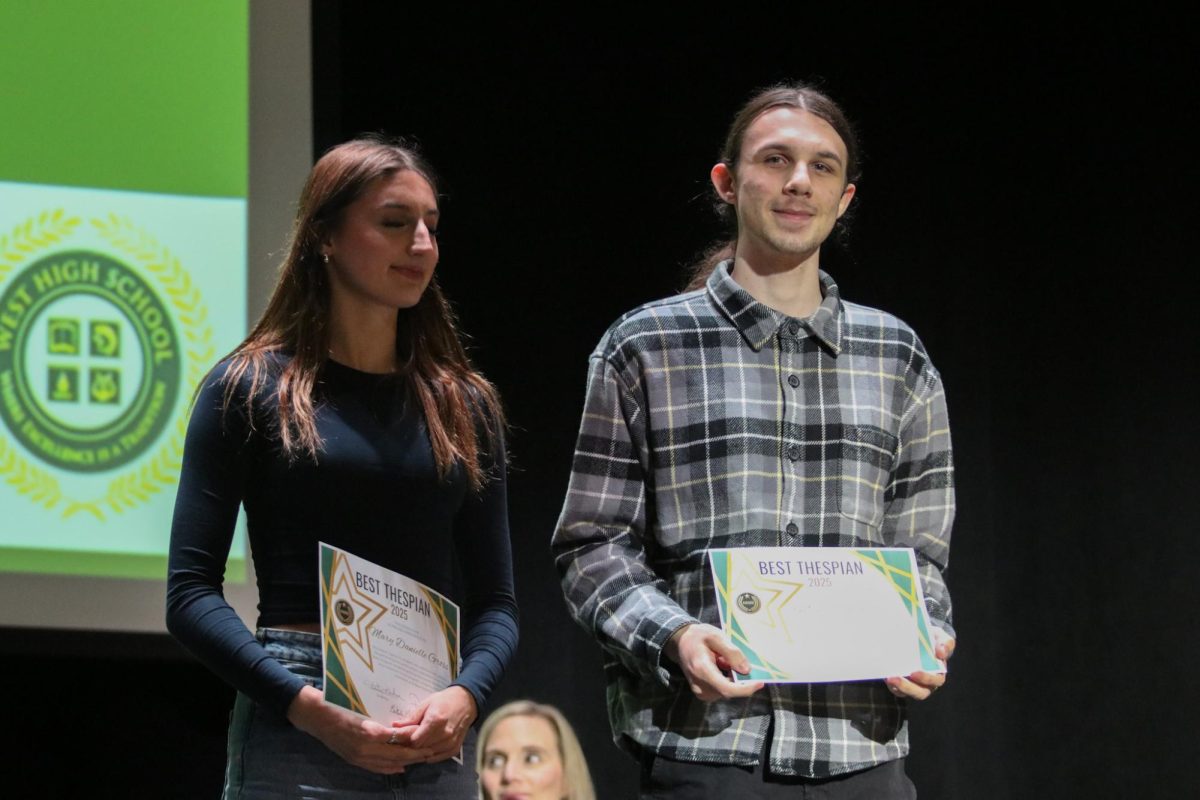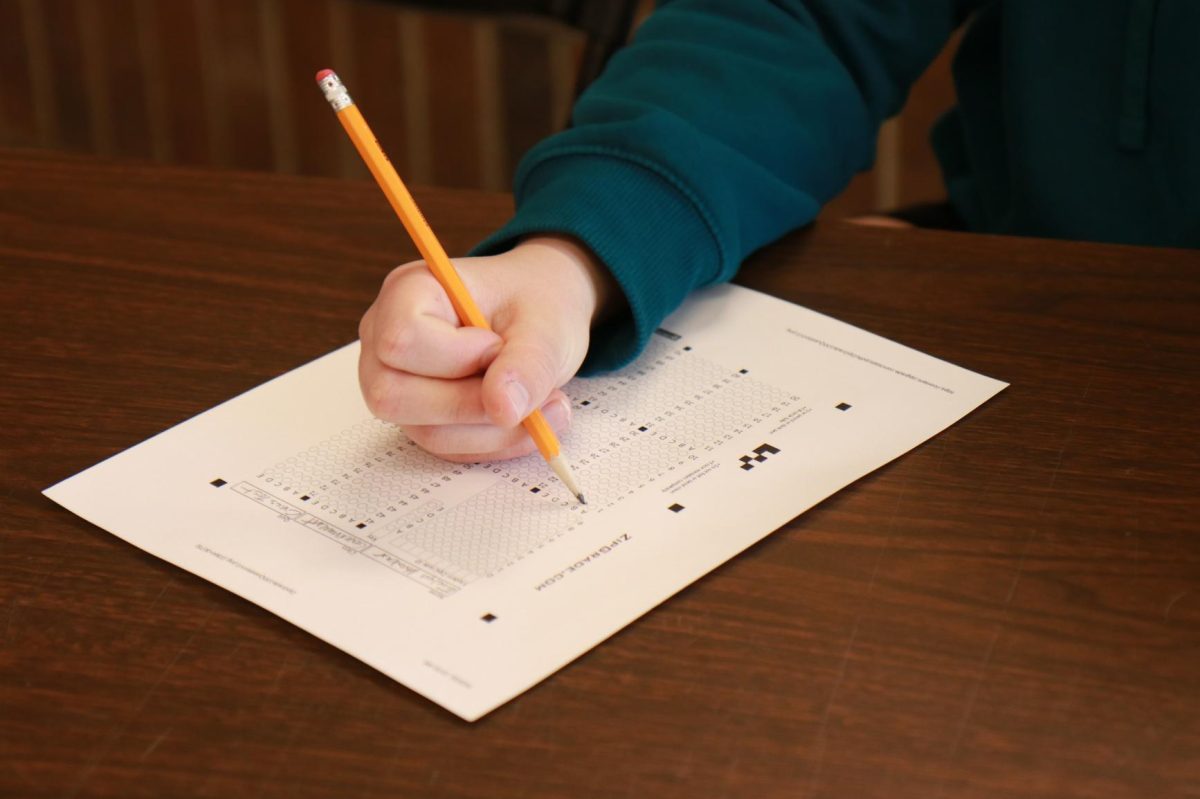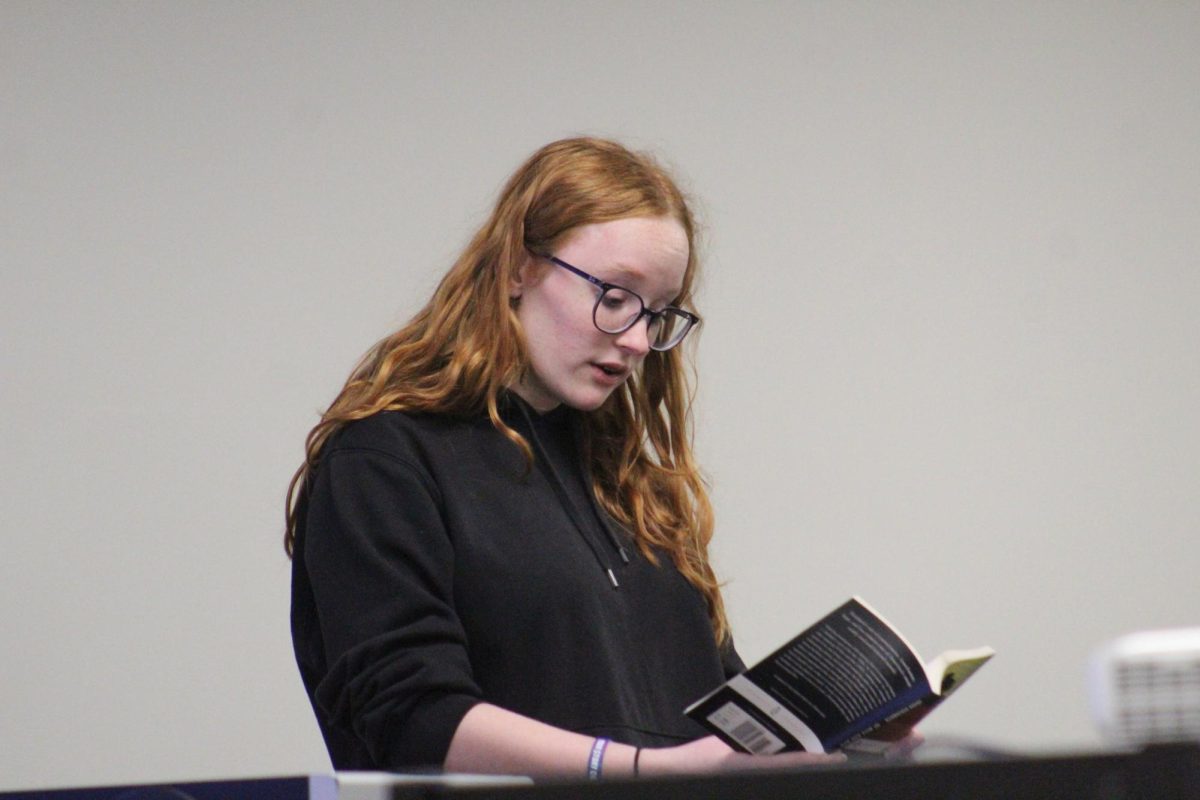The late 1800s were a golden age of American invention. Alexander Graham Bell, Thomas Edison, and George Washington Carver all thrived in that era, and they brought about such modern mainstays as the electric lightbulb and the telephone. Jan Ernst Matzeliger may not be such a household name, but his primary invention surpassed its counterparts in both the immediacy and breadth of its impact.
Matzeliger was born in present-day Suriname to a wealthy Dutch engineer and a slave of African descent. From an early age, he exhibited a remarkable ability for dealing with complex machinery; by age 10, he was already working in his father’s machine shop. At 19, Matzeliger left home on a merchant ship and eventually settled in a small shoemaking town called Lynn, Massachusetts.
Shoemaking in the 1800s was a complicated business: each customer’s foot was modeled in a stone or wooden mold called a last, and only specialized workers called hand lasters could complete the construction of each shoe. Hand lasters were so essential to the industry that they largely controlled wage levels, and their relatively slow pace of work created a bottleneck in production. A machine that could perform the lasters’ complex task was unimaginable in Matzeliger’s day, but that didn’t deter him from trying to create one.
The aspiring inventor faced innumerable challenges. He spoke very little English and could not afford to patent any of his early work. The earliest prototypes of his “lasting machine” were made of cigar boxes, discarded wood, and scraps of wire. Against all odds, Matzeliger eventually succeeded in building a machine that worked up to 14 times as fast as a hand laster and could produce 700 shoes a day.
Matzeliger’s invention was wildly successful in making quality footwear available to the masses, but his untimely death due to tuberculosis prevented him from enjoying its profits. Nevertheless, countless Americans have him to thank for their most basic possession: an affordable pair of shoes.
All images legally used by/from AP Images.


